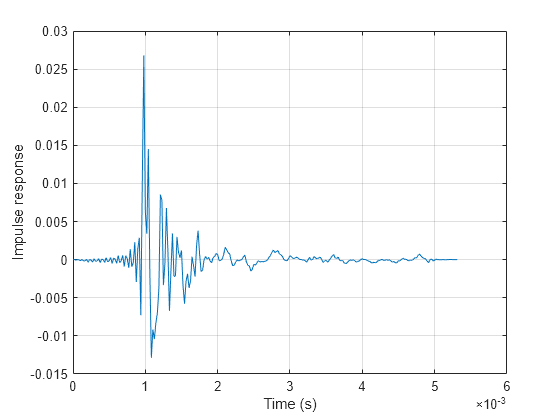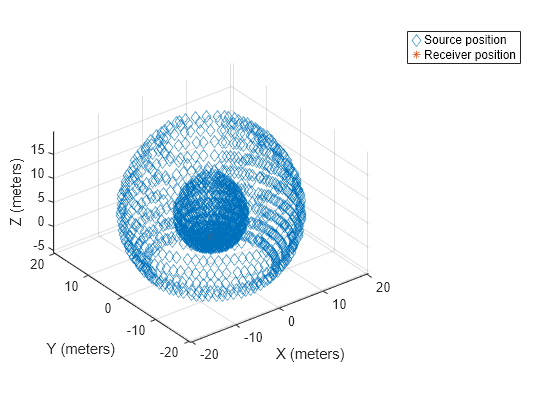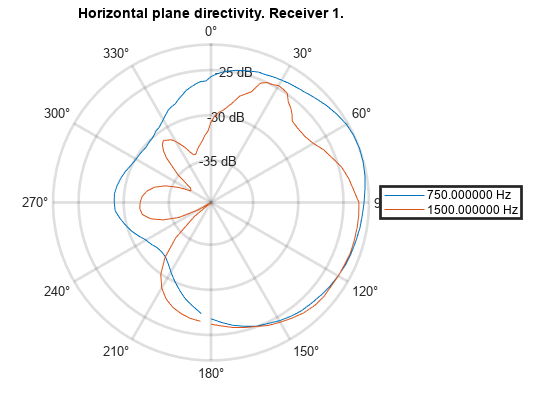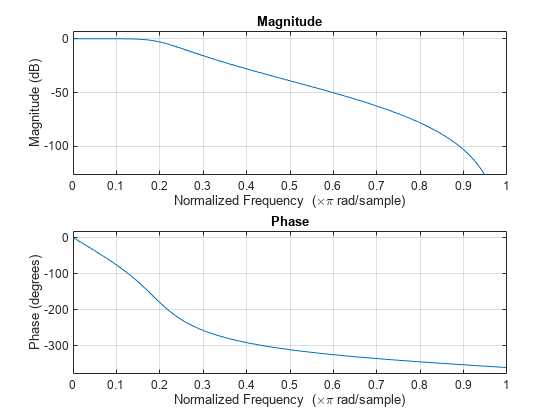sofaread
Syntax
Description
Examples
Input Arguments
Output Arguments
More About
References
[1] Majdak, P., Zotter, F. Brinkmann, F., De Muynke, J., Mihocic, M., and Noisternig, M., “Spatially Oriented Format for Acoustics 2.1: Introduction and Recent Advances.” Journal of the Audio Engineering Society 70, no. 7/8 (July 25, 2022): 565–84. https://doi.org/10.17743/jaes.2022.0026.
[2] Majdak, P., Carpentier, T., Nicol, R., Roginska, A., Suzuki, Y., Watanabe, K., Wierstorf, H., et al., “Spatially Oriented Format for Acoustics: A Data Exchange Format Representing Head-Related Transfer Functions.” In Proceedings of the 134th Convention of the Audio Engineering Society (AES), Paper 8880. Roma, Italy, 2013.
[3] AES69-2022. "AES standard for file exchange - Spatial acoustic data file format." Standard of the Audio Engineering Society. https://www.aes.org/publications/standards/search.cfm?docID=99
Version History
Introduced in R2023b











